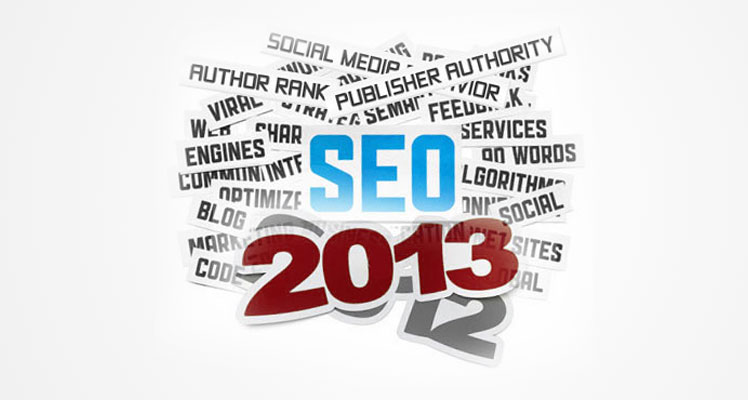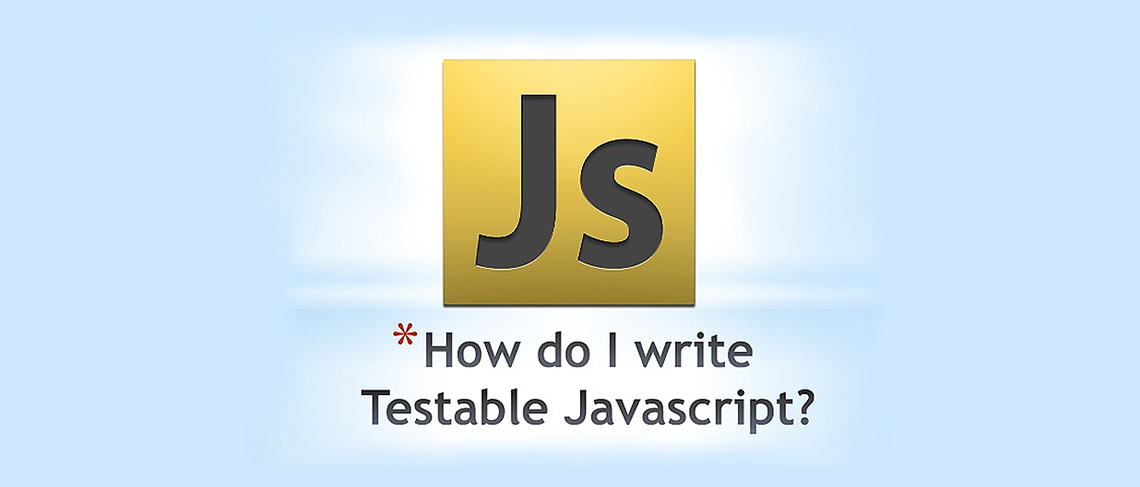Search Engine Marketing Trends for 2013
- By
- PostedAugust 29, 2013
The hot trends in search engine marketing are AuthorRank, Publisher Authority and Social Media Behavior
SEO and Search Marketing in general have both seen many changes in the past 24 months. As a webmaster, digital marketer or tech savvy business owner you are surely familiar with the two major algorithm updates, Panda and Penguin, which Google introduced in 2011 and 2012, respectively.
Both of these major changes were not events, but rather the beginning of a new way to rank keywords and websites.
The two updates were focused on the following:
Panda: The quality of content on a website itself
Penguin: The quality of (i.e. lack of manipulation) of off-page authority metrics such as links
The common thread in website and keyword ranking becomes quality, not quantity. Google is working hard to improve the quality of their SERPs. This is also why the updates will keep coming, and why websites need to keep focusing on the quality of the content and the quality of their inbound links on a permanent basis.
Web marketers have invested countless hours in reacting, adjusting strategies and adopting new ways of managing their online presence. 2013 is under way, and we have already seen the first Panda refresh of the year. Rest assured that there is more to come later in the year.
SEO Hot Points in 2013
Although Google rarely gives advanced notice of major updates, it has been very consistent in its overall SEO guidance over the past couple of years. It is adamant about avoiding shortcuts and you will need to earn rankings through hard work.
Content makes your site relevant to viewers and customers. To maximize your online potential, other ranking techniques need to be adopted.
1.AuthorRank and Publisher Authority
Google has put a lot of effort into cleaning up the state of the SERPs (Search Engine Results Pages).
All of these updates have been focused on more traditional SEO strategies and ranking factors. The next step is to add a major factor for ranking Author Authority. This is what AuthorRank is met to address.
In the future, on-page SEO will dictate relevance, quality links and social shares will dictate page/site authority, author reputation and timely updates will push content from known experts further up the SERPs.
Savvy content authors and SEO professionals should be on board with authorship markup and the role of Google+ in establishing credibility and authority for individuals.
AuthorRank is only part of the story. Many of us write for established brands, perhaps as one of many contributors to a company blog. It is important to understand that the various authors are part of the publisher brand.
To help manage this interdependency, Google also considers PublisherRank. To put it simply, Publisher Authority ties your Google+ business page to your website.
Google has not revealed exactly how it will use rel=publisher markup in the SERPs. But it will at some point in the coming months, just as they did with rel=author once they reached a reasonable level of critical mass for adoption.
For this reason alone, if you have not yet claimed a Google+ page for your brand, make it happen today. It will be important to own that brand presence moving forward, even if you choose to leave it dormant until we learn more.
2.More Focus on Social Signals
To remain relevant in the long term, Google knows that it absolutely MUST figure out a way to incorporate social media signals into rankings. AuthorRank and PublisherRank are key pieces of that puzzle without question.
However, both of these metrics are unique to Google’s own social platform. Overall social shares, which have reached massive volumes on a daily basis, need to be considered when determining page authority and quality of content. In response, Google has worked hard over the past year to incorporate more broad social signals into their existing algorithm.
So if Google already uses social signals for ranking, what more is there to add? Similar to Panda and Penguin, Google is almost surely cooking up a method to differentiate between high and low quality (i.e. spammy) social media behaviors.











